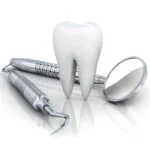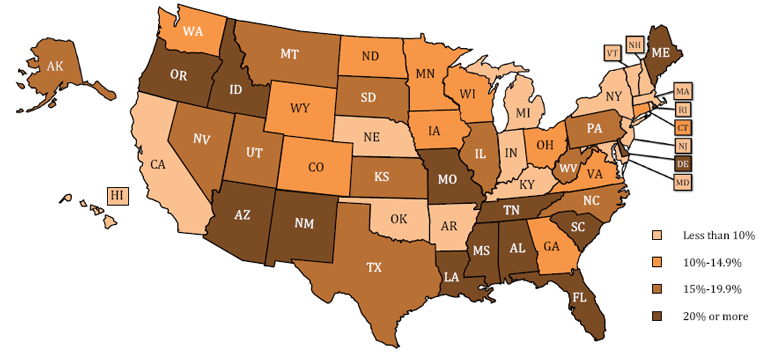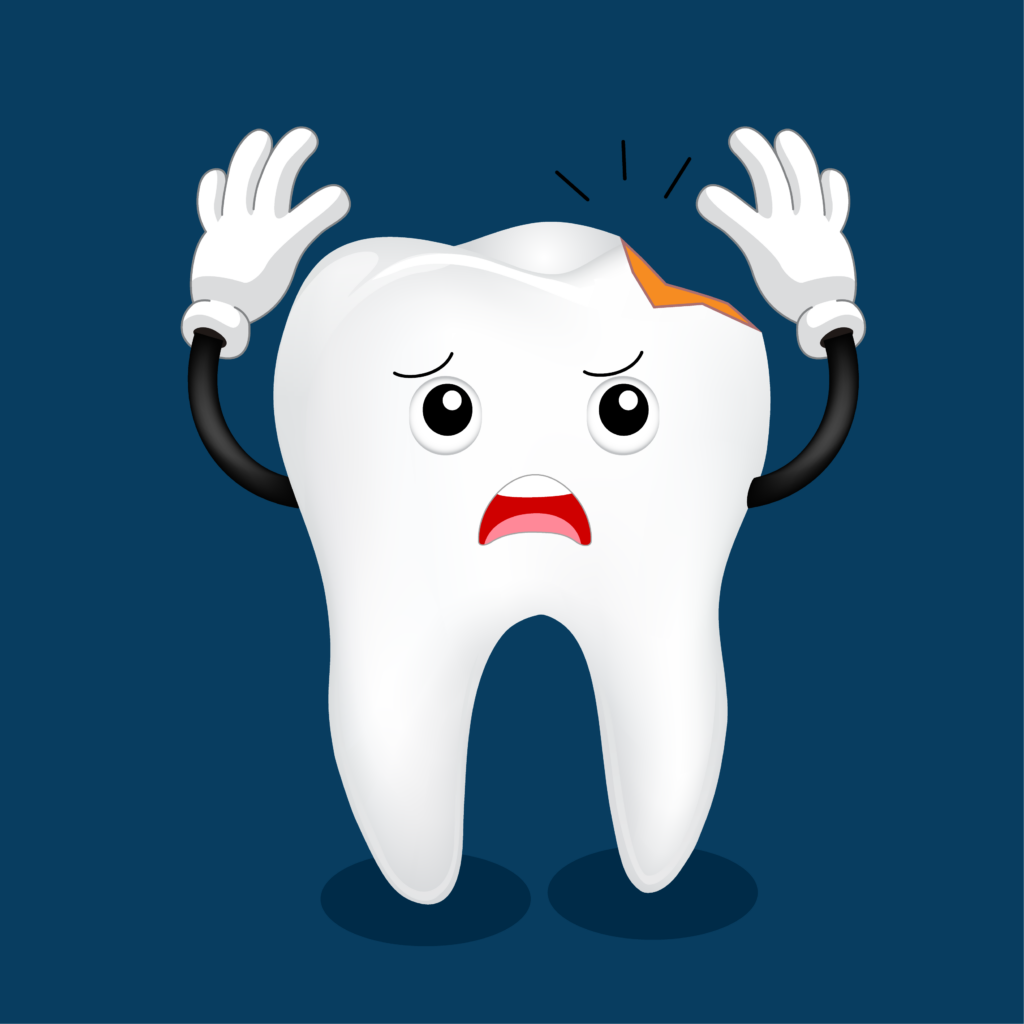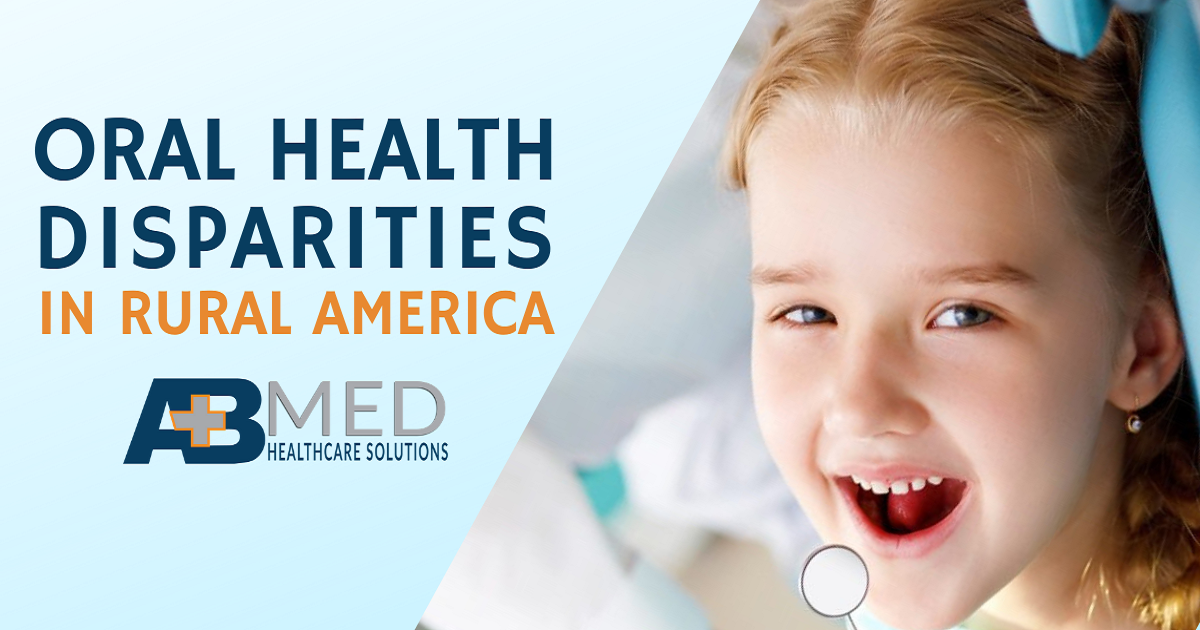Adequate oral health care is a consistent issue in many communities throughout the United States, but especially in rural communities. Oral diseases can significally limit the ability to eat and speak as well as negatively impact the appearance of the affected person. The consequences encompass decreased economic growth and lowered quality of life. Rural communities have less access to dental care and higher rates of oral diseases.
According to NRHA’s 2013 policy brief, Rural America’s Oral Health Care Needs and WWAMI’s The Crisis in Rural Dentistry, rural residents have lower rates of dental care utilization and have higher rates of tooth decay and permanent tooth loss.
This SCRHRC, 2012 study shows that children in rural areas are less likely than children in urban areas to have received any dental care in the previous year (23.4% versus 22.3%). Further, children in rural communities were less likely to receive preventive dental care than those living in urban environments (29.3% versus 27.5%).
2020 Oral Health Report

On January 25, 2019, following the Surgeon General’s request for comments on its forthcoming 2020 Oral Health Report, NRHA submitted a comment letter to the Office of the Surgeon General, outlining our recommendations to improve oral healthcare in vulnerable rural areas.
NRHA made a series of recommendations:
- NRHA encourages the continued use of evidence-based strategies to reduce oral health disparities in rural America.
- NRHA supports the expansion of oral healthcare access through workforce capacity growth.
- NRHA believes in strengthening public health initiatives to support the health of residents in underserved rural communities.
- NRHA also supports innovate Public-private partnerships to deliver better oral health results.

These broad recommendations will require the application of rural challenges to allow them to be targeted to rural populations and thereby improve oral health in America
Factors of Dental Inequality
The National Committee on Rural Health and Human Services (2004), names the following contributing factors to accessing dental care in rural America.
- Geographic isolation
- Lack of adequate transportation
- Higher rate of poverty compared to metro areas
- Large elderly population (with limited insurance coverage of oral health services)
- Acute provider shortages
- State-by-state variability in scope of practice
- Difficulty finding providers willing to treat Medicaid patients
- Lack of fluoridated community water
- Poor oral health education

Quality Oral Health for Rural Americans
Oral health is an important segment of overall health. Unfortunately, not all Americans enjoy the same level of care. Rural communities face many barriers to quality care and thus have higher incidences of Oral Diseases. The situation demands coordinated efforts to retarget the available resources into improving the oral health status of rural Americans.

If your facility could use help finding solutions to any of the daily challenges you face in serving your patients’ needs, please get in touch. At AB Med, we are proud to support our Rural Healthcare Heroes!
We at AB Med are excited to talk to you, contact us
Rural Health is our passion and focus Let’s Connect.
By: Aikaterini Papadopoulou, B.Arch






